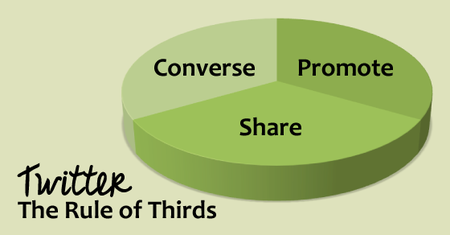There are several phrases I use over and over again because they are key to online success. Today I’m focusing on one of them - give value to your audience.
We’ve talked about the importance of understanding your brand and how important it is to be thoughtful in what you post, but there is something else you need to keep in mind. If you go too far off course from your brand, values, and promises, you will bore or irritate your audience into un-following you.
How do you figure out if you’re sharing content people who follow you value? Let’s break it down:
Who is your audience?
Can you describe your audience? Every audience is different and you need to take the time to really figure out who your audience is. Understanding who makes up that audience, what they like, what they don’t like and what they would like from you is critical in creating the kind of content that can help you build relationships that turn that audience into customers.
Once you’ve figured that out, creating and sharing content that can connect with your audience becomes a lot easier.
What do they value?
Not every audience is looking for the same kind of information. Make sure that everything you share has some kind of connection back to who you are and who your audience is.
Think about why they followed you in the first place. What would people expect the content to look like coming from your brand? Make sure your content doesn’t go too far off from that.
Things that people value tend to fall into three main categories:
- You’re teaching them something,
- You’re entertaining them, or
- You’re giving them tools and knowledge.
What don’t they want?
Nobody likes to follow a brand that is only trying to sell to them. That’s valuable to the brand, not to the audience. Make sure that you’re giving your audience something they want or can use so that when you do post some sales posts - and you definitely should - they think so highly of you they’re far more inclined to make the buy.
People don’t want information that has nothing to do with them or that they can’t relate to.
Let’s look at some examples
- If your main audience is young women about to get married, interesting articles about retirement don’t make sense.
- If your main audience is men who want to home-brew their own beer, then funny cartoons about being a new mom don’t make sense.
- If you promised tips and tricks to help them do something better, just sharing things you’re selling isn’t going to convince them of anything other than that you’re pushy and too sales-y.
- If you sell hammers, make sure that you talk about the hammers, and the things you can do with the hammers.
Spend some time thinking about your content and what you’re giving to your audience that they would value. Then share some examples (good and bad) of what you’ve seen or done that relates to giving an audience value.



